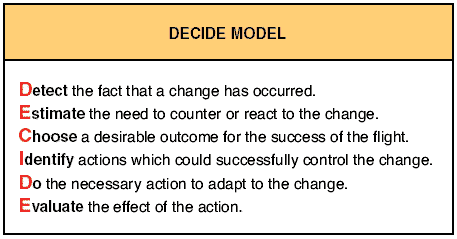Thunderstorms

I want to talk today and post again this interesting information I was posted years ago here on my safety blog, that can either make a good review to all Pilots flying all around the world to avoid thunderstorms and turbulence. Many times you as a good and Safety Pilot you have to make decisions involving thunderstorms and turbulence flying.In some tropical regions, thunderstorms occur year-around, for example in United States thunderstorms develop most frequently in Spring, Summer, and Fall. In the Arctic Region occasionally experience thunderstorm during Summer time.
In general, thunderstorms occur varies widely from Season to Season. Well to explain and to be more specific, thunderstorms in general are most frequently during July and August and least frequent in December and January, in to the United States.
In fact, the planet earth is unique in that its atmosphere, as Pilots when we encounter bad weather during our itinerary, sometime are affected by weather, but we need to understand what you should know about weather how can shake your flight, weather is complex and sometimes difficult to understand, our restless atmosphere is almost continuously in motion as it strives to reach stability.
You remember when we are a student pilot we receive training regarding some meteorological conceptions, and the atmosphere are classify into layers based on temperature.
So, preparation for your weather briefing before your flying is very essential to any Pilot, meteorological and aeronautical information is provided by continuous sources.
Everyone who flies no matter in what Country you are flying encounters turbulence, at some time or other. Turbulence varieties from bumpiness which can bother Crew and Passengers and also can structurally damage the aircraft or injure its passengers.
So , Aircraft reaction to turbulence varies with the difference in Wind speed in adjacent currents, size of the aircraft , wing loading , and also aircraft attitude.
All Pilots know the first rule in flying turbulence is to reduce airspeed; you need to know very clear your limitations and follow up the recommended airspeed for penetrating turbulence when you knowing where to expect a thunderstorm or turbulence.
To a respectable review and always remember Pilots: the main causes of turbulence are: Convective Currents, Obstruction to wind flow, and also Wind Shear. Turbulence also occurs in the wake of moving aircraft whenever the airfoils exert lift – Wake Turbulence.
Be alert all the time Pilots, any combination of causes may occur at one time. I'm interested in writing today on my safety blog about this important concern, regarding thunderstorms and turbulence to require and maintain a safe flight and land safely without any difficult.
I became interested in writing about this subject because when I read some information regarding incidents and accidents involved commercial aircraft, who have had problems with some of its flights.
I found it very important that we review these incidents and share and learn more about what’s going on and could be more dangerous if don’t emphasis the fatal magnitudes that could be happen .
So, I want to share this excellent information , go to the links and read the information , you will learn more about what I’m talking about it about turbulence .
Always reporting Turbulence at any time you could realize be dangerous for other crews. Pilots should report all the time locations, time (UTC or Z), intensity, weather in or near clouds, altitude, type of aircraft and when applicable, duration of turbulence.
So, duration may be based on time between two locations or over a single location, all locations should be readily identifiable, also keep in mind there are different types of turbulence, I want to refresh your memory, Light, Moderate, Severe, and Extreme.
Always remember the good and Safety Pilot is one that is a conservative Aviator and learns every day from the unexpected things that can happen in your Cockpit.
Safe Pilots, Safe Skies. Always Fly Safely.
.jpg)




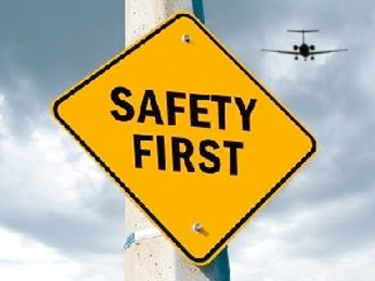

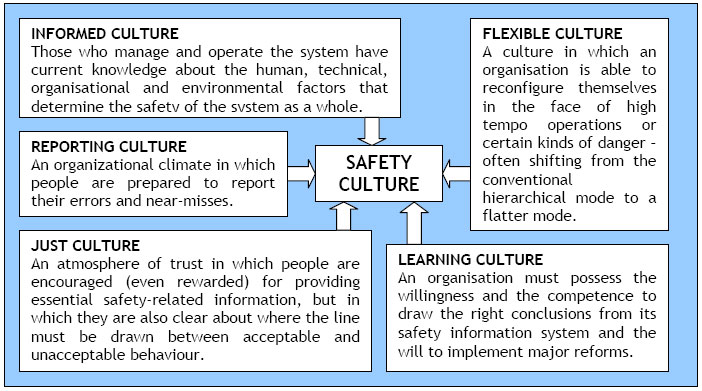
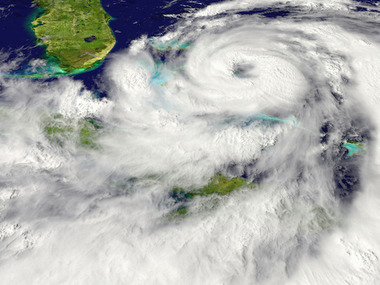

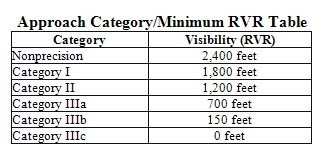




.jpg)

